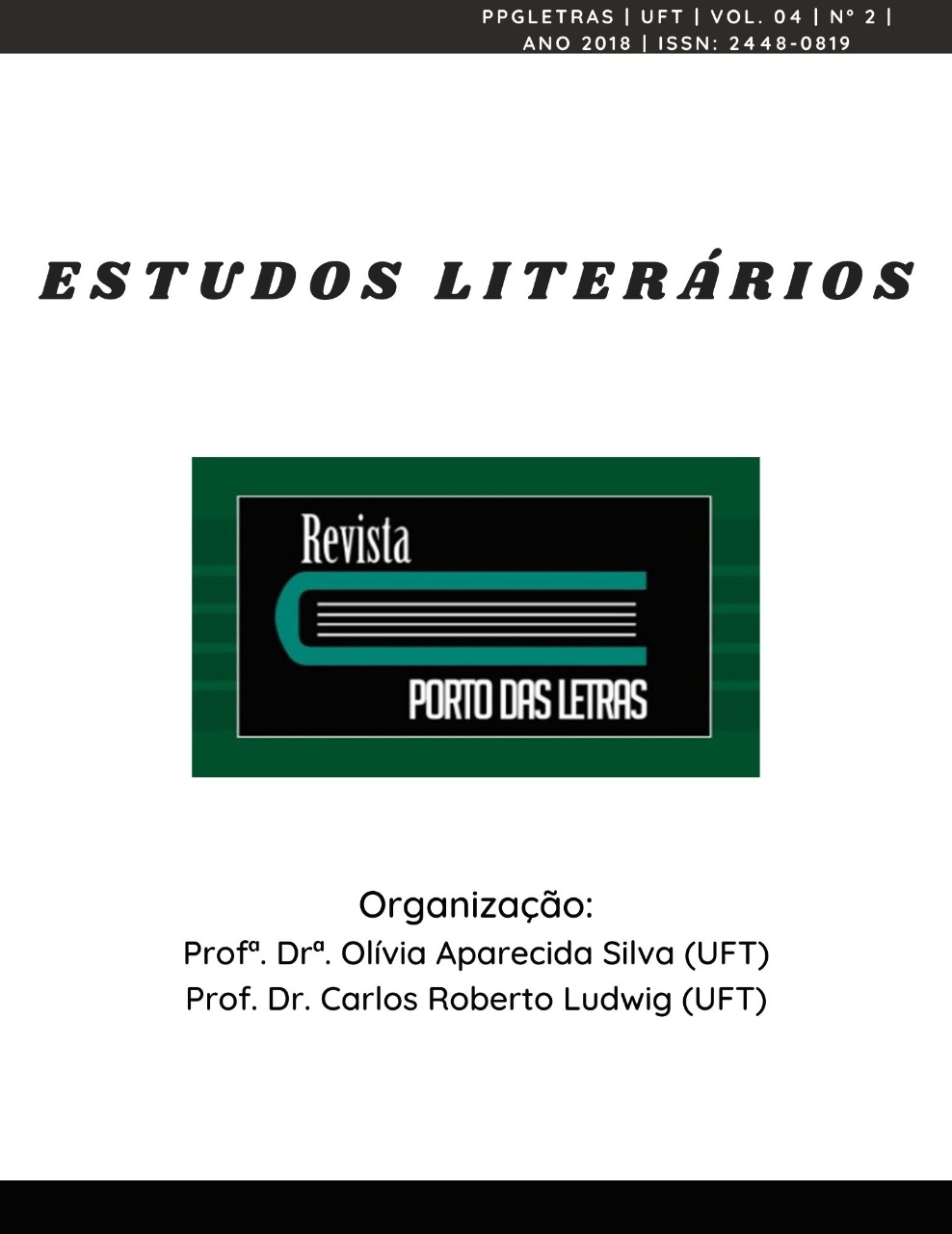Between Fantasy and Reality
The tale A moça tecelã of Marina Colasanti
Keywords:
Children's literature, Fairy tale, Marina ColasantiAbstract
Reality gives space to magic, the fantastic in which allegorical narratives are produced that uses the abstract language to express some message. Narratives composed by metaphors which reveal the result of who make up a picture of reality with a magic painting. Marina Colasanti does it by placing the pen close to the paper: The formula is ready as in a blink of an eye, creating a magical world inhabited by kings and queens, nobles and commoners of fairy tales. But, the path to the realm of enchantment is tortuous, for it was built from experiences and reflections on the essence of human dramas. The ordinary themes of the contemporary gain an air of grace in Colasanti’s tales, not to create silly stories, but to question the value and role of social factors, especially women. In this perspective, the objective of this work is to carry out a literary analysis of the tale A moça tecelã from the point of view of the structure of the narrative, from the fairy tale’s perspective and a study about the character (representation of the contemporary woman) fantasy and reality. We used as methodology the bibliographic research based on the theoretical discussions of Massaud Moisés, Tzvetan Todorov, Nádia Battela Gotlib and Nelly Novaes Coelho.
References
CÂNDIDO, Antônio. Formação da literatura brasileira. 12 ed. Rio de Janeiro: Ouro Sobre Azul, 2009.
CAVALCANTI, Maria Imaculada. Uma leitura da simbologia no conto “A primeira só” de Marina Colasanti. Disponível em: <http://www.ileel.ufu.br/anaisdosilel/wp-content/uploads/2014/04/silel2011_144.pdf>. Acesso: 28 nov. 2016.
COELHO, Nelly Novaes. Literatura Infantil: Teoria – Análise – Didática. 6 ed. São Paulo: Editora Ática, 1997.
COLASANTI, Marina. A moça tecelã. Disponível em: <http://cocminas.com.br/arquivos/file/A%20MoCa%20TecelA%20pdf.pdf>. Acesso em: 11 nov. 2015.
____________. Longe como o meu querer. 4 ed. São Paulo: Ática, 2006.
FAUSTINO, Fernanda. Marina Colasanti explica por que os contos de fadas marcam gerações. Disponível em: <http://www.globaleditora.com.br/noticias/o-mundo-magico-dos-contos-de-fadas/>. Acesso em: 07 dez. 2016.
GEBRA, Fernando de Moraes. A imagem feminina no conto “A moça tecelã” de Marina Colasanti. Disponível em: <https://documents.tips/documents/imagem-feminina-no-conto-a-moca-tecela-de-marina-colasanti.html>. Acesso em: 15 dez. 2016.
MOISÉS, Massaud. O conto. In: ______________. A criação literária: prosa I. 20 ed. São Paulo: Cultrix, 2006. p. 21 - 101
MOISÉS, Massaud. Análise de texto em prosa. In: ____________. A análise literária. 12 ed. São Paulo: Cultrix, 2000. p. 84 – 116.
RICHE, Rosa Maria. Literatura infanto-juvenil contemporânea: texto/ contexto – caminhos/ descaminhos. Disponível em: <https://periodicos.ufsc.br/index.php/perspectiva/article/viewFile/10711/10216>. Acesso em: 04 dez. 2016.
RHODEN, Dayana da Silva. “A moça tecelã” de Marina Colasanti. Disponível em: <http://sinop.unemat.br/projetos/revista/index.php/eventos/article/viewFile/537/352>. Acesso em: 14 dez. 2016.
TODOROV, Tzvetan. Introdução à literatura fantástica. Disponível em: < https://www.academia.edu/4176799/Tzvetan_Todorov_Introducao_a_literatura_Fantastica>. Acesso em: 12 dez. 2016.
Downloads
Published
How to Cite
Issue
Section
License
Os autores concordam com os termos da Declaração de Direito Autoral, que se aplicará a esta submissão caso seja publicada nesta revista (comentários ao editor podem ser incluídos a seguir).

